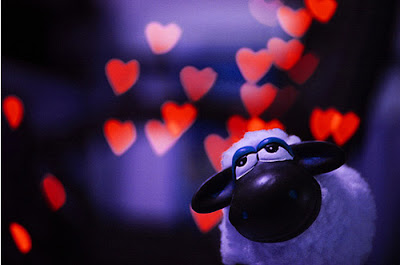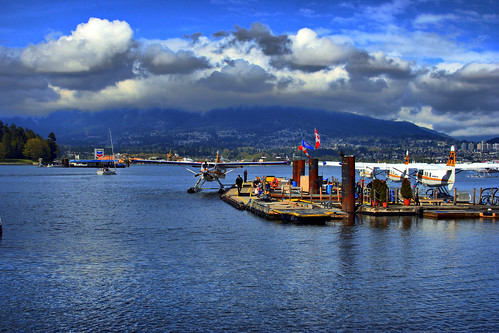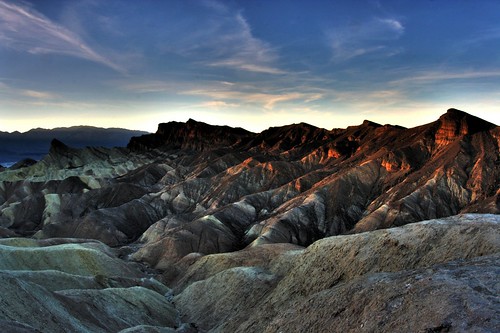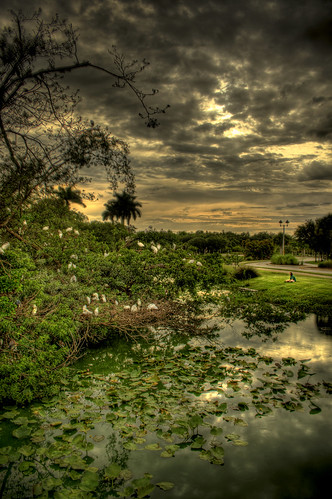Butterflies are perhaps the most conspicuous and colourful of insects. Due to their attractiveness and omnipresence they have acquired a niche in the prose and poetry of various cultures. Every individual with a camera in hand will be tempted to capture these beauties but when they actually try to do so they may find that it is not as easy as it seems. Here are some tips that'll help you take some amazing photos of these beautiful creatures.
1. Choose the right equipment for the job
For photographing butterflies you may use a compact digital camera with macro or a DSLR preferably with a 90mm or 105 mm lens with macro. Although any lens with macro up to 200 or 300 mm is fine. Always remember that its not advisable to get too close to the butterflies while photographing cause they may fly off as you approach. That is the reason lenses with smaller focal lengths are not recommended for beginners. But as you grow in experience and understand the peculiar nature of different species of butterflies you will be able to go very near the butterfly without disturbing them. Until then choose a lens with longer focal length.
2. Most Important Skills for Butterfly Photography - Patience and Knowledge about each Species.
The most important skill needed for photographing butterflies is patience. Remember you cant control the way your subject behaves. The butterfly may fly off when you approach. You might have to position yourselves in a good spot near the flower and be patient and wait for the butterfly to return to the flower. Butterflies often return to the same flower and assume the same position as it was before if it was disturbed in the middle by your apporach. so get yourselves into position anticipating the butterfly to sit the same way as it was when you apporached. Butterflies do not feed indiscriminately from any flowers that they might find. There are preferences for nectar with specific chemical composition. So even though the butterflies gets scared off when you approach them, they will usually land on flowers very near to you if you are already sitting there.
Understanding the peculiarities of each species is also important some species of butterflies like the cerulean and grey pansy are slow movers while other species like the blue mormon and blue bottle are fast movers. Some are easily scared by human approach while some species like the cerulean are not. They also tend to have preferrences towards certain varities of flowers. So understanding your subject goes a long way in taking exemplary photos.
3. Best time for Photographing Butterflies is Mornings
Best time for photographing butterflies is mornings when then sun is up and the air is warm. Butterflies are cold blooded. They cannot produce enough heat through metabolism to maintain a constant body temperature instead they depend on the ambient temperature. Therefore they bask in the sun in the morning and then may do so intermittently throughout the day. But towards noon when the heat is too much they tend to go towards the shades. If you happen to live in South India the best time is between 9 am and 10 am.
4. Never use Perfumes, Deodorants or Insect Repellents if you are planning to photograph butterflies
Butterflies have an acute sense of smell and it is this sense that they use to navigate to flowers with nectar and communicate between them. Perfumes, Deodorants and insect repellents easily scares them off even when you are a fair distance away from them thereby eliminating any chance of photographing them.
5. Always wear Mute Colour Dresses
Bright colours easily sacre off butterflies so always wear mute colour dresses while approaching butterflies.
6. Always Remember No Jerky Movements - Use fluid motion
How you approach the butterfly makes a huge difference in deciding whether the butterfly will fly off or remain there. Always use a slow and careful approach. No sudden movements. Lifting your camera, shifting positions etc should all be done slowly.
7. A Monopod is always better than a Tripod
It is not always practical to shoot butterflies with a tripod mounted camera. Tripods can sometimes prove to be cumbersome and unpractical. You could use a monopod if needed for some stability.
8. Correct the White Balance of the Camera to get genuine Colours
Butterflies are very colourful creatures. Their wings and body is composed of hundreds of shades of different colours. Inorder to capture the genuine colours of the butterfly you should always correct the white balance of your camera before you start shooting. Choose the correct mode as per lighting conditions like, cloudy, shade or daylight etc and check to see that they render correct colours before you approach the butterfly.
9. If there is enough light never use a flash, else use it
If you have your butterfly frontlit and if theres enough light never use a flash. Else if you do not have enough light on the subject or if you need some fill in light go ahead and use the flash.
10. A Shutter Speed of 200 -250 is ample
Even though butterflies tend to sit on flowers and they move; a shutterspeed of 200 or 250 is ample enough to give you flawless pictures. Going above this often results in a shallow apreture making all parts of the butterfly like the wings or the antennae to go out of focus. Or in an increased ISO setting making the picture prone to noise. If you have steady hands and when you grow in experience you may even be able to capture great shots with shutterspeeds of 60 - 30.
11. Preferred Apreture is 8 or above as per lighting conditions
Since wings, body, antenne etc of the butterfly are in different planes if you do not have enough apreture these parts tend to go out of focus resulting in poor pictures. Although you might sometimes be tempted to blur the background by using a shallow depth of field its always better to have all parts of the butterly in focus.
12. If you are shooting on a windy day use Continuous Focus
Set the focus of your camera to Continuous focus mode if you are shooting on a windy day inorder to ensure the subject is in focus when you actually click.
13. Choose the right angle to shoot
Since you will want all parts of the butterfly in focus like the wings and the body, try to position your camera parellel to the wings of the butterfly thereby ensuring most of your subject are in one geometrical plane ensuring that they are all in sharp focus.
14. Choose the right background by moving the Angle / Position
A right background is the most important thing that determines the attractiveness of the photo. For eg a butterfly with bright colours will look good when pictured in the background of the sky but a butterfly with yellow or white colours or butterflies that are smaller in sizes will look good against dark backgrounds. So always try to get the background right by either adjusting your angle or by shifting your postion.
Source: http://629020e8.linkbucks.com/























































